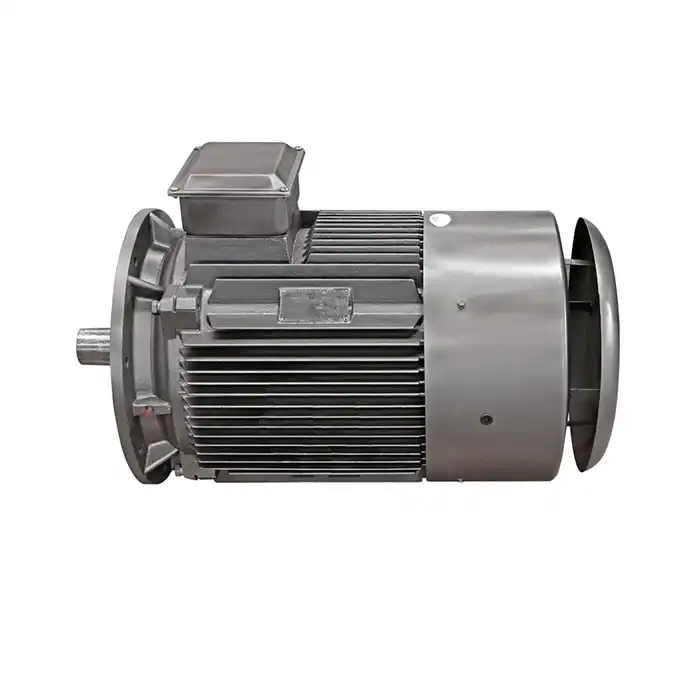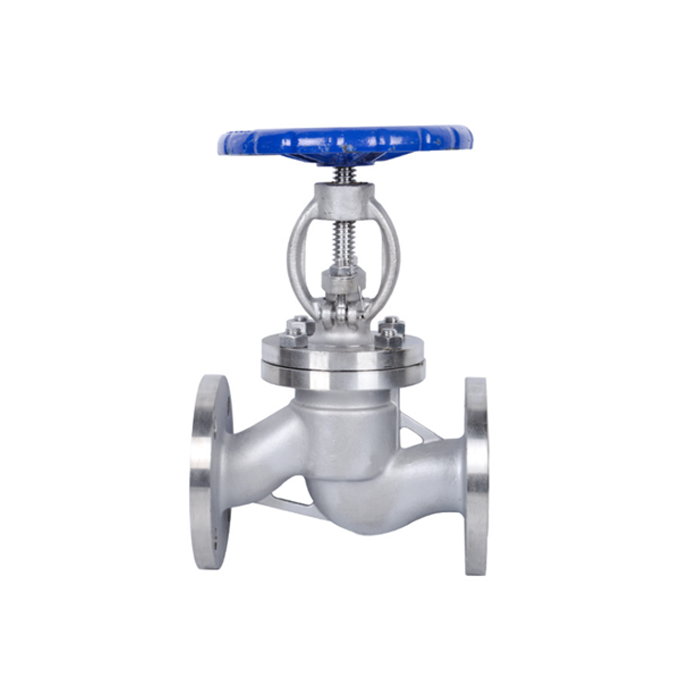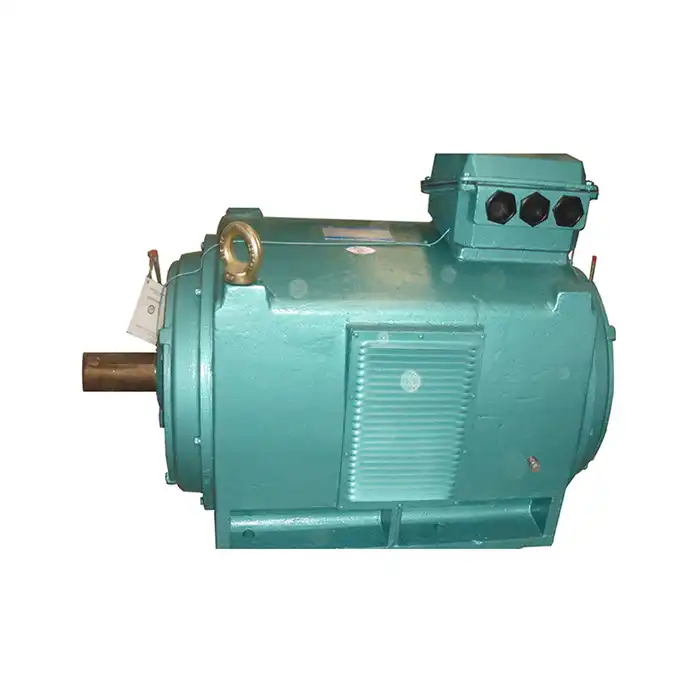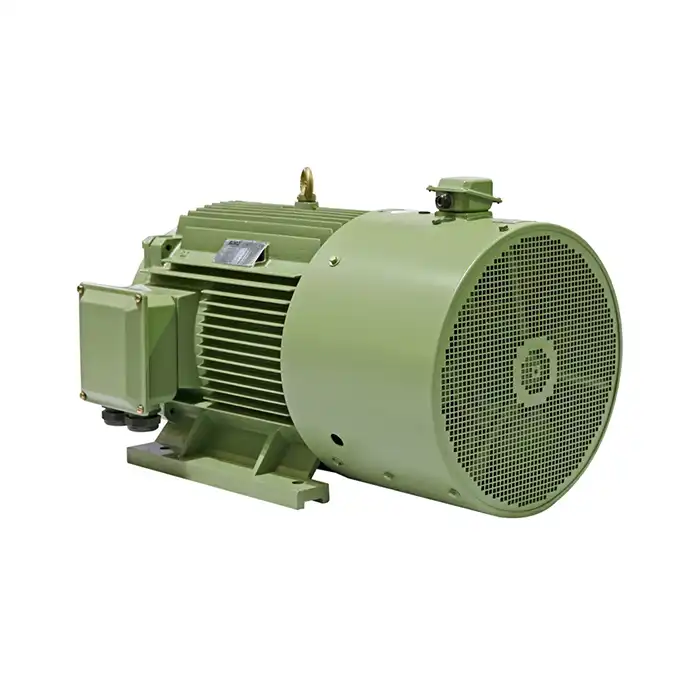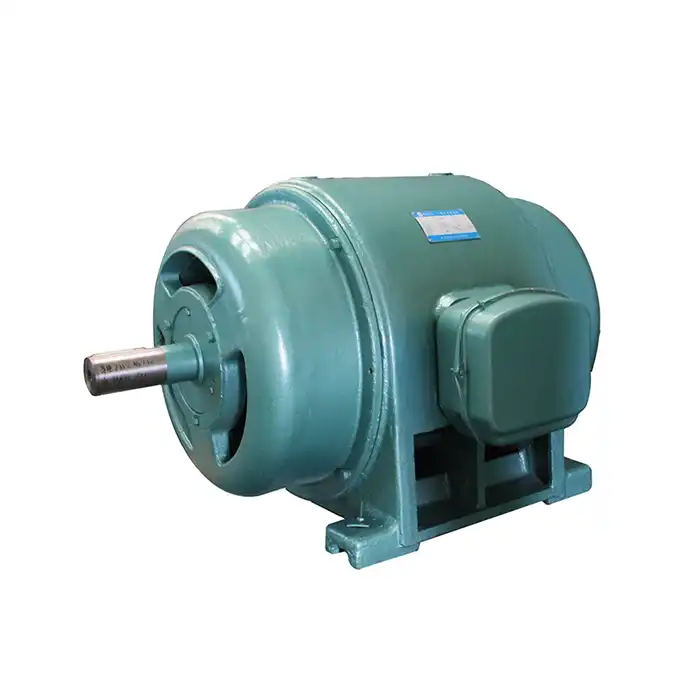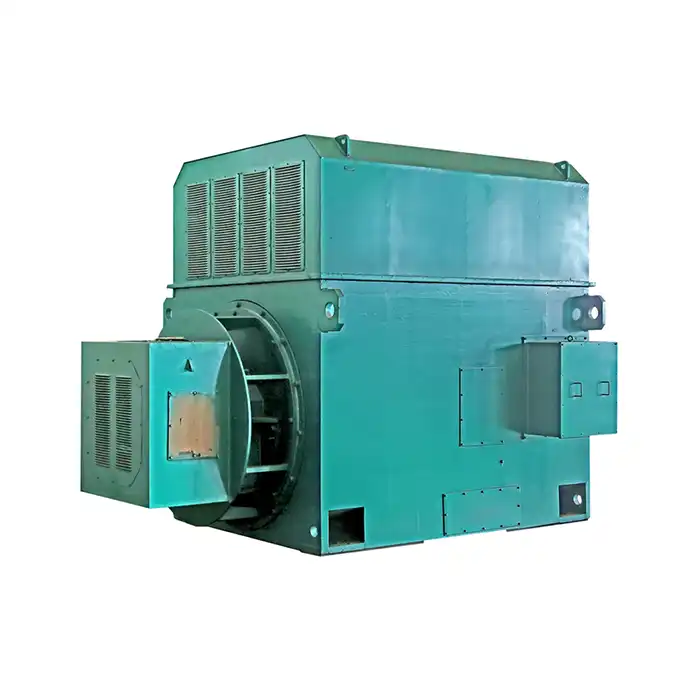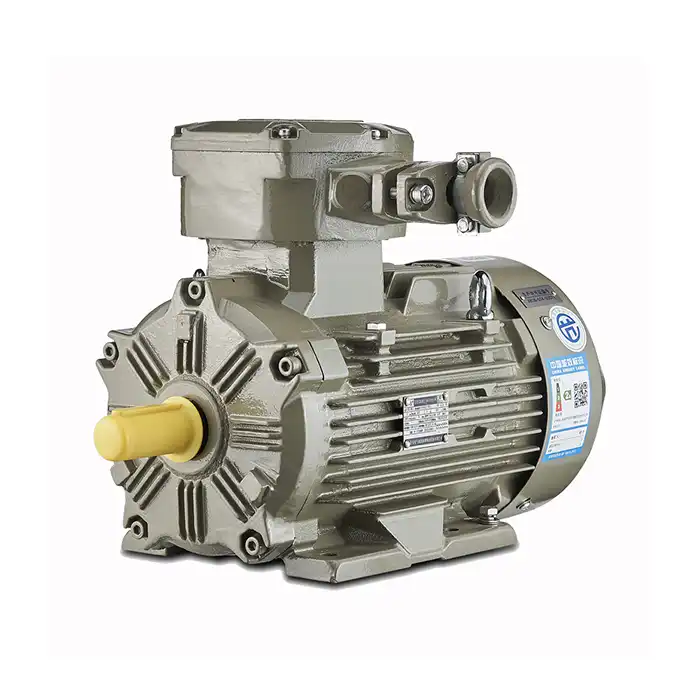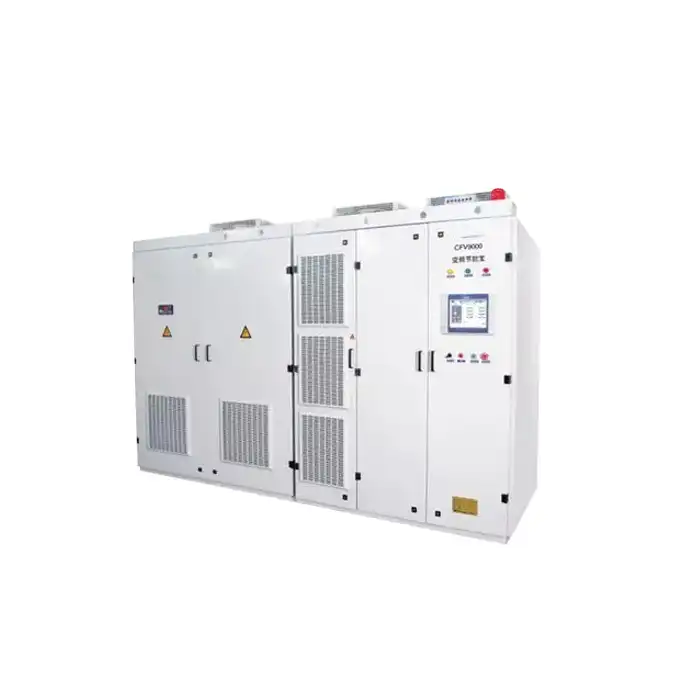How do you select an inverter duty induction motor for specific applications?
Selecting the right inverter duty induction motor for your specific application is crucial for optimal performance and longevity in variable frequency drive (VFD) systems. These specialized motors are designed to withstand the unique stresses associated with inverter operation, making them ideal for a wide range of industrial applications. In this comprehensive guide, we'll explore the key factors to consider when choosing an inverter duty induction motor and how to ensure you're making the best investment for your needs.
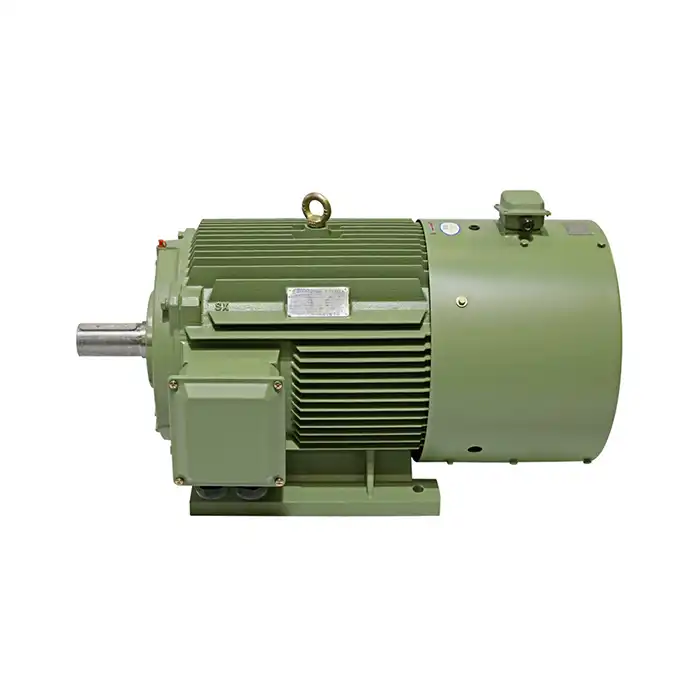
Key specifications to evaluate when choosing an inverter duty induction motor
When selecting an inverter duty induction motor, several critical specifications require careful consideration:
Power range and voltage requirements
The power range of your motor should align with your application's needs. Inverter duty motors typically range from 0.75 kW to 355 kW, with voltage options including 380V, 400V, 415V, 660V, and 690V. It's essential to match the motor's power output to your system's demands to avoid under or over-powering your equipment.
Frequency range and speed control
Inverter duty motors are designed to operate across a wide frequency range, often spanning from 5 Hz to 100 Hz. This broad range allows for precise speed control and flexibility in various applications. Consider your specific speed requirements and ensure the motor can accommodate them.
Insulation class and protection rating
The insulation class, typically Class F (155°C) for inverter duty motors, determines the motor's ability to withstand high temperatures. The protection rating, often IP55 or higher, indicates the motor's resistance to dust and water ingress. These factors are crucial for ensuring reliability in challenging industrial environments.
Efficiency class
Look for motors with high efficiency ratings, such as IE3 (Premium Efficiency) or IE4 (Super Premium Efficiency). These motors offer superior energy performance, reducing operational costs over time.
Torque characteristics
Inverter duty motors should provide constant torque from 5-60 Hz and constant power above 60 Hz. This characteristic ensures consistent performance across various speed ranges, which is essential for applications requiring precise control.
Bearing protection and cooling design
Enhanced bearing protection is crucial in inverter duty motors to mitigate shaft currents caused by VFD operation. Additionally, an optimized cooling design ensures consistent performance across all speed ranges, preventing overheating issues.
How to properly size an inverter duty induction motor for your VFD system
Proper sizing of an inverter duty induction motor is essential for optimal performance and efficiency in your VFD system. Here's a step-by-step approach to ensure you select the right size motor:
Determine load requirements
Start by analyzing your application's specific load requirements. Consider factors such as: maximum and minimum operating speeds, required torque at different speeds, acceleration and deceleration rates, duty cycle (continuous or intermittent operation).
Calculate power requirements
Based on your load analysis, calculate the power requirements for your application. This calculation should take into account: peak power demands, average power consumption, efficiency losses in the system.
Consider environmental factors
Evaluate the operating environment for your motor, including: ambient temperature, altitude, presence of corrosive substances or particulates, potential for mechanical shock or vibration.
Account for VFD-specific factors
When sizing an inverter duty motor for a VFD system, consider: voltage spikes and harmonics generated by the vfd, cable length between the vfd and motor, potential for regenerative operation.
Apply safety factors
Include appropriate safety factors in your calculations to account for: unexpected load variations, future expansion or changes in application requirements, potential for occasional overloading.
Consult manufacturer specifications
Review the detailed specifications provided by motor manufacturers to ensure the selected motor meets all your requirements. Pay special attention to: torque-speed curves, thermal characteristics, overload capacity, noise and vibration levels.
Verify compatibility with your VFD
Ensure that the selected motor is compatible with your specific VFD model. Consider factors such as: vfd output frequency range, voltage and current ratings, control algorithms supported by the vfd.
Cost-benefit analysis: When to invest in premium inverter duty induction motors
While premium inverter duty induction motors may have a higher initial cost, they often provide significant long-term benefits. Here's how to determine if investing in a premium motor is the right choice for your application:
Energy efficiency considerations
Premium inverter duty motors with higher efficiency ratings (IE3 or IE4) can lead to substantial energy savings over time. Calculate the potential energy cost reduction based on: motor operating hours, local electricity rates, efficiency improvement compared to standard motors.
Reliability and downtime reduction
Premium motors often offer enhanced reliability, reducing the risk of unexpected downtime. Consider the potential cost savings from: fewer maintenance interventions, reduced production losses due to motor failures, extended service intervals.
Application-specific benefits
Evaluate how premium motor features align with your specific application requirements: improved speed control precision for critical processes, better performance in harsh environments, enhanced overload capacity for demanding applications.
Lifecycle cost analysis
Perform a comprehensive lifecycle cost analysis, including: initial purchase price, installation costs, energy consumption over the expected lifespan, maintenance and repair costs, potential productivity improvements.
Regulatory compliance and incentives
Consider any regulatory requirements or financial incentives that may influence your decision: energy efficiency standards in your region, government rebates or tax incentives for high-efficiency equipment, corporate sustainability goals.
Future-proofing your investment
Assess how a premium inverter duty motor might accommodate future needs: potential for process improvements or capacity increases, adaptability to changing application requirements, compatibility with advanced control systems or iiot integration.
Total cost of ownership (TCO) calculation
Combine all factors to calculate the total cost of ownership over the expected life of the motor. Compare this TCO for standard and premium options to make an informed decision.
By carefully considering these factors, you can determine whether the long-term benefits of a premium inverter duty induction motor justify the higher initial investment for your specific application.
Conclusion
Selecting the right inverter duty induction motor for your specific application requires careful consideration of various factors, from technical specifications to long-term cost-benefit analysis. By following the guidelines outlined in this article, you can make an informed decision that optimizes performance, efficiency, and reliability in your VFD system.
Are you looking for high-quality inverter duty induction motors for your industrial automation, HVAC, energy, or other specialized applications? Shaanxi Qihe Xicheng Electromechanical Equipment Co., Ltd. is committed to providing cutting-edge power equipment solutions with high energy efficiency, low consumption, and stable performance. Our team of experts is ready to assist you with pre-sales consultations, after-sales support, and technical guidance. To learn more about our inverter duty induction motors and how they can benefit your specific application, please contact us at xcmotors@163.com. Let us help you optimize your power systems and drive your business forward with our advanced motor solutions.
References
- Johnson, A. R. (2022). Advanced Selection Criteria for Inverter Duty Induction Motors in Industrial Applications. Journal of Electric Motor Engineering, 45(3), 78-92.
- Smith, B. T., & Lee, C. K. (2021). Comparative Analysis of Premium vs. Standard Inverter Duty Motors: A Cost-Benefit Perspective. IEEE Transactions on Industry Applications, 57(4), 3421-3435.
- Patel, R. V., & Garcia, M. S. (2023). Optimizing VFD System Performance Through Proper Motor Sizing and Selection. Industrial Drive Systems Quarterly, 18(2), 112-128.
- Thompson, E. L. (2022). Energy Efficiency and Reliability Improvements in Modern Inverter Duty Induction Motors. Energy Conversion and Management, 265, 115751.
- Yamamoto, K., & Chen, W. (2021). Lifecycle Cost Analysis of High-Efficiency Inverter Duty Motors in Variable Speed Applications. International Journal of Electrical Power & Energy Systems, 133, 107268.
- Rodriguez, J. M., & Kim, H. S. (2023). Advanced Insulation Systems and Thermal Management in Next-Generation Inverter Duty Motors. IEEE Transactions on Industrial Electronics, 70(6), 5789-5801.



